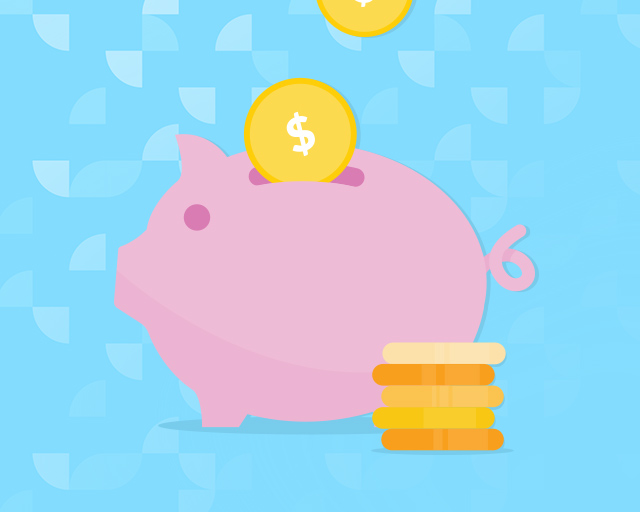

introduction to credit reports and scores
When you apply for a credit card, car financing or any other type of loan, the company you’re seeking credit from checks your credit report. The lender gets a copy of your credit report from one or more of the three major consumer reporting agencies: Equifax, Experian and TransUnion.
Your credit report shows your history of getting loans or other credit and making payments, among other factors. Think of it as a report card for your credit.1

here’s what’s in your credit report
Your credit report is broken down into four categories: personal info, credit accounts and history, credit inquiries and public records.
personal info
This is any info that could be used to identify you, like your name, address, phone number, Social Security number and birthday.
credit accounts
This section shows your open, paid off and closed accounts like credit cards and loans. It will also show how long you’ve had accounts, plus credit limits or original loan amounts.
credit inquiries
This shows who has accessed your report. If you apply for a credit, it’s known as a hard inquiry and can affect your credit score. If you check your own credit or a company prescreens you, it’s a soft inquiry and won’t affect your credit score.
public records
If you’ve ever filed for bankruptcy, it’ll show up in this section. A Chapter 13 stays on your credit for seven years from the filing date; Chapter 7 stays on for 10 years.
Your credit reports are not the only thing that lenders consider when evaluating your application. Your credit score is also important. Let’s dive into credit scores.
what’s a credit score?
It’s a three-digit number that shows how likely you are to repay debt. If your credit report shows a long history of on-time payments, it may mean you have higher credit scores, which will help you get credit cards and loans with more favorable terms.
On the other hand, late payments, bankruptcy and other negatives on your credit reports can lead to lower credit scores and make it harder for you to get approved for credit cards and loans, or you may have to pay a higher interest rate.1
There’s more than one type of credit score, but the one used in 90% of lending decisions is the FICO® Score. Up next, we’ll show you what FICO uses to get your score.
here’s how your FICO® Score is calculated2
Your FICO® Score is based on five factors:
- Payment history (35% of your score)
Have you made payments on time? - Amounts owed (30% of your score)
How much of your available credit and loans are you using? - Length of credit history (15% of your score)
How long have you had credit? - New credit (10% of your score)
What is the frequency of credit inquiries and new account openings? - Credit mix (10% of your score)
What kind of accounts do you have?
do you need a minimum FICO® Score to get credit?
Each lender has their own process when reviewing credit applications, which means that FICO® Score requirements will vary from lender to lender. Some only want to lend to the least-risky consumers, and others will work with consumers who have less-than-ideal credit histories.
where to get your credit reports and FICO® Score
Great news! You can now get a free weekly online credit report from all three credit reporting agencies (Equifax, Experian and TransUnion) through December 2023.3 Go to AnnualCreditReport.com to start getting yours. Once those free credit reports end, you’re entitled to one free credit report a year from each of the three credit agencies.
You can check your FICO® Score for free at any time if you have a WebBank/Fingerhut Fetti Credit Account. To learn about other ways to get your FICO® Score, some of which may include a fee, visit the FICO® Score website at https://ficoscore.com/where-to-get-fico-scores/.
1 https://www.experian.com/blogs/ask-experian/what-is-a-credit-report/
FICO is a registered trademark of Fair Isaac Corporation in the United States and other countries.
Fingerhut Credit Accounts are issued by WebBank.








